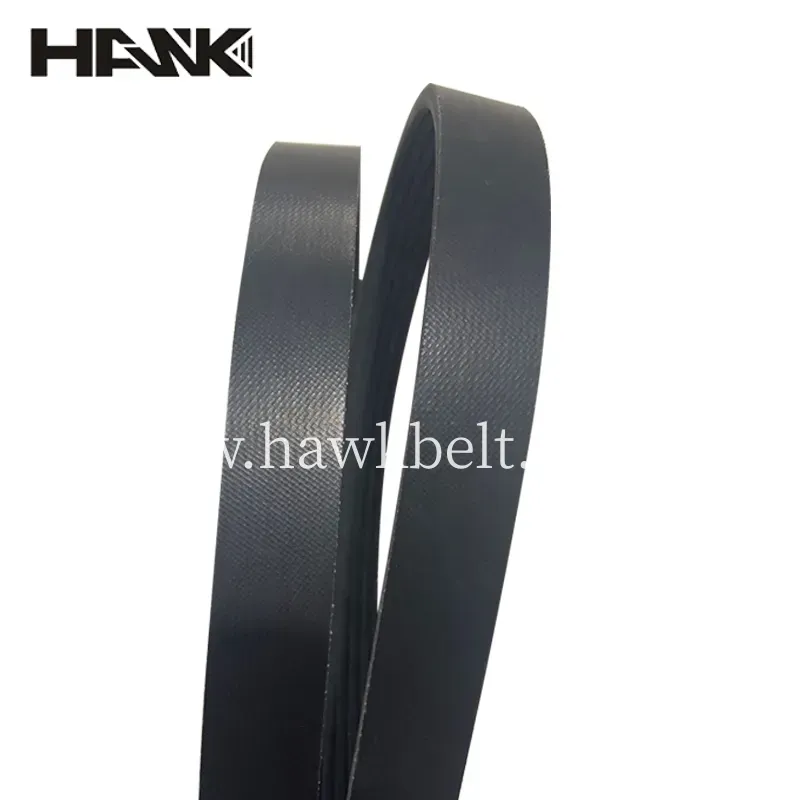- Arabic
- French
- Russian
- Spanish
- Portuguese
- Turkish
- Armenian
- English
- Albanian
- Amharic
- Azerbaijani
- Basque
- Belarusian
- Bengali
- Bosnian
- Bulgarian
- Catalan
- Cebuano
- Corsican
- Croatian
- Czech
- Danish
- Dutch
- Afrikaans
- Esperanto
- Estonian
- Finnish
- Frisian
- Galician
- Georgian
- German
- Greek
- Gujarati
- Haitian Creole
- hausa
- hawaiian
- Hebrew
- Hindi
- Miao
- Hungarian
- Icelandic
- igbo
- Indonesian
- irish
- Italian
- Japanese
- Javanese
- Kannada
- kazakh
- Khmer
- Rwandese
- Korean
- Kurdish
- Kyrgyz
- Lao
- Latin
- Latvian
- Lithuanian
- Luxembourgish
- Macedonian
- Malgashi
- Malay
- Malayalam
- Maltese
- Maori
- Marathi
- Mongolian
- Myanmar
- Nepali
- Norwegian
- Norwegian
- Occitan
- Pashto
- Persian
- Polish
- Punjabi
- Romanian
- Samoan
- Scottish Gaelic
- Serbian
- Sesotho
- Shona
- Sindhi
- Sinhala
- Slovak
- Slovenian
- Somali
- Sundanese
- Swahili
- Swedish
- Tagalog
- Tajik
- Tamil
- Tatar
- Telugu
- Thai
- Turkmen
- Ukrainian
- Urdu
- Uighur
- Uzbek
- Vietnamese
- Welsh
- Bantu
- Yiddish
- Yoruba
- Zulu
Oct . 22, 2024 08:32 Back to list
Timing Belt Cutting Equipment for Precision Manufacturing Applications
The Evolution of Timing Belt Cutting Machines Precision and Efficiency in Manufacturing
In the fast-paced world of manufacturing, precision and efficiency are paramount. One of the critical components in many mechanical systems is the timing belt, which plays a vital role in synchronizing the operation of various engine components. To ensure that these belts perform optimally, robust machinery is required to cut them to the desired dimensions. Enter the timing belt cutting machine—a piece of equipment that has revolutionized the way timing belts are produced across various industries.
Understanding Timing Belts
Timing belts are specifically designed to ensure that the movement of various engine parts remains synchronized. These belts are typically composed of a durable rubber material compounded with intricate reinforcement such as fiberglass or aramid fibers. Given their critical function, the manufacturing process of timing belts must be precise. The cutting of these belts is a crucial step, as even minor inaccuracies can lead to significant operational issues, reduced performance, or complete failure in mechanical systems.
The Role of Timing Belt Cutting Machines
Timing belt cutting machines are specifically engineered to produce high-quality, precise cuts in timing belts. The machines can vary widely in design and functionality, but they typically include features such as automated feeding systems, programmable cutting depths, and advanced blade technology. These features ensure that each cut is efficient, consistent, and tailored to meet specific manufacturing requirements.
The use of cutting machines not only enhances precision but also significantly reduces the manual effort required in the cutting process. Traditional cutting methods often involved labor-intensive techniques that could lead to human error, material wastage, and increased production time. In contrast, modern timing belt cutting machines utilize computer numerical control (CNC) technology, allowing for automation in production and ensuring that each belt is cut to exact specifications.
Key Features and Benefits
1. Precision Cutting The primary advantage of timing belt cutting machines is their ability to provide high levels of precision. Using laser or rotary cutting methods, these machines can achieve remarkably tight tolerances, ensuring each timing belt fits perfectly within its intended application.
timing belt cutting machine

2. Increased Production Speed Automation in cutting processes reduces the turnaround time significantly, allowing manufacturers to produce larger quantities of belts in shorter timeframes. This efficiency is crucial in meeting the demands of modern manufacturing where time-to-market is critical.
3. Versatility Modern cutting machines can accommodate various materials and thicknesses, making them versatile tools in the manufacturing process. This adaptability ensures that a single machine can serve multiple functions, reducing the need for separate machines for different materials.
4. Cost-Efficiency While the initial investment in high-quality cutting machines may be significant, the long-term savings are undeniably advantageous. Reduced labor costs, minimized waste, and improved production times lead to higher profitability for manufacturers.
5. Enhanced Safety Automated machines come equipped with safety features that protect operators from potential hazards involved in manual cutting processes. This added safety measure is critical in ensuring a safe working environment in manufacturing facilities.
Future Trends
As technology continues to advance, the future of timing belt cutting machines looks promising. Innovations in materials science and robotics may lead to even more efficient cutting techniques, minimizing waste further and enhancing production speeds. Additionally, the integration of artificial intelligence (AI) and machine learning can allow for predictive maintenance and enhanced operational efficiency, leading to greener manufacturing practices.
Conclusion
In conclusion, timing belt cutting machines are crucial to the manufacturing process of timing belts, representing a significant advancement in industrial technology. Their ability to provide precision, efficiency, and adaptability makes them an indispensable asset for manufacturers. As industries continue to evolve, the capabilities of these machines will likely expand, paving the way for even greater innovations in the future of manufacturing. In a world where every second and every millimeter count, investing in advanced cutting technology is not just wise—it's essential.
-
Upgrade Power Steering Pump Belt for Smooth, Quiet Operation
NewsAug.27,2025
-
Precision Timing Belt & Chain: Engine Performance & Durability
NewsAug.26,2025
-
Precision Lathe Drive Belts: Durable & Reliable Performance
NewsAug.25,2025
-
84.5 Serpentine Belt: Durable & Precision Fit for Your Engine
NewsAug.24,2025
-
Premium Ribbed Drive Belts for Quiet Power Transmission
NewsAug.23,2025
-
High-Performance Vehicle Timing Belt for Engine Precision
NewsAug.22,2025

